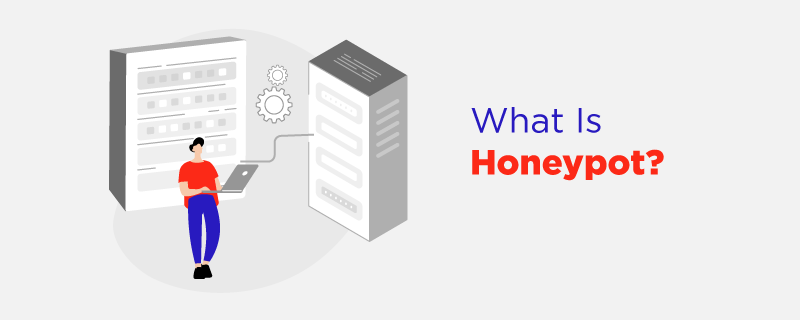Choosing the Right Zero Trust Network Access Provider

Zero trust security is a core component of any remote or hybrid work strategy. It is also a powerful way to secure third-party users like contractors, suppliers, and partners who pose a heightened threat to your organization’s security posture.
The best zero-trust network access providers offer a scalable architecture that combines Software-Defined Perimeter (SDP) and reverse-proxy technologies. Read on to learn how to choose the right one for your business needs.
Security
Zero trust network access (ZTNA) provides secure remote access for hybrid and multi-cloud environments, enabling organizations to replace legacy technologies like VPNs. Its main security features include micro-segmentation, network visibility, and encryption. The solution also helps prevent lateral movement of ransomware and other malware.
ZTNA abides by the principle of least privilege, which means that users only have access to the applications and services they need. It is a much different approach than VPNs, which allow primarily unrestricted access to the network. ZTNA requires strict controls on user access and identity to ensure no malware is hiding in a trusted device or application.
It is crucial to select a zero trust network access providers that can authenticate a device’s identity and verify the integrity of its operating system before trusting it. Additionally, it should be able to terminate every connection and inspect encrypted traffic for malware and other threats. The best solution does this by leveraging an inline proxy architecture, which enables it to detect and intercept malicious files before they can reach their destination.
Another vital factor is scalability. A good ZTNA should be able to grow with the organization’s needs and support new technologies as needed. Integrating additional tools, such as secure web gateways and cloud access security brokers, is recommended to enhance security measures.
Scalability
Zero trust access providers must be able to handle the influx of new users and devices. They should offer granular visibility and reporting at the machine and user level and support for a strong security posture. Look for solutions that use a micro-segmentation model, multi-factor authentication, and continuous monitoring of users and applications. It can help prevent attackers from moving laterally across the network and gaining access to sensitive data.
The principle of least privilege is vital to Zero Trust, as it allows users to be granted access only to the services and resources they need to complete their work. It removes the need to trust external or mobile users, instead relying on verification steps before they can access enterprise networks and data. It’s also essential to be able to revoke access when necessary to eliminate any unauthorized access.
The best Zero Trust solutions should provide network and security services, including NGFW, SD-WAN, SWG, anti-malware, and MDR. These tools should be unified and integrated, offering an end-to-end security platform. It can reduce the attack surface, strengthen scalability, and deliver better performance for your business. For example, a solution can protect against ransomware by limiting cloud access to only those essential applications for workers.
Integrations
As you evaluate a zero-trust solution, consider how it will integrate with your existing infrastructure. Ideally, you want to implement and scale your new architecture alongside changes to your existing network components, such as replacing a router or migrating to the cloud. It will minimize disruption to your business and help you achieve your long-term network goals.
A zero-trust solution should also integrate with your existing security solutions. For example, it should support multi-factor authentication (MFA) and enable you to set access policies at the application level. It should also offer continuous monitoring and granular visibility to prevent attackers from launching attacks within the enterprise network.
Zero trust solutions should also support the principle of least privilege, limiting user access to just the functions they need. Additionally, they should provide granular control of devices on your network, removing them from public visibility and decreasing the surface area for attack.
Choosing the right zero-trust network access provider will protect your organization from cybersecurity threats, including ransomware and insider attacks. With the right ZTNA solution, you can secure applications, networks, data centers, and clouds with minimal impact on your business. To learn more, request a free demo of Illumio Core, which provides zero-trust micro-segmentation from endpoints to data centers and the cloud to halt malware spread and other cyber-attacks.
Pricing
As the business world increasingly embraces remote work, hybrid cloud, and other decentralized IT infrastructures, legacy security models aren’t well-equipped to cater to these needs. Zero trust network access (ZTNA) provides a scalable solution that eliminates traditional firewalls and VPN appliances, delivering a streamlined approach to security designed for the remote workforce.
ZTNA solutions utilize a combination of identity and context policies to verify users’ credentials and the principle of least privilege: only those who need it have access to enterprise resources. It eliminates the need to rely on unprotected Wi-Fi and other public internet connections and reduces enterprise visibility on the public internet. It also ensures that the minimum set of permissions is granted to a user at any given time, eliminating the risk of password sharing and recycling.
In addition to delivering on the security goals of a zero-trust architecture, the right solution should offer a seamless user experience that’s invisible to end-users. The best way to accomplish this is by deploying a secure gateway in front of the application, providing a centralized management console for security policies and logging, and providing continuous authentication that’s transparent to the user.
While some vendors have created their zero-trust models, there are recognized industry standards that can help you choose the right one for your organization.




